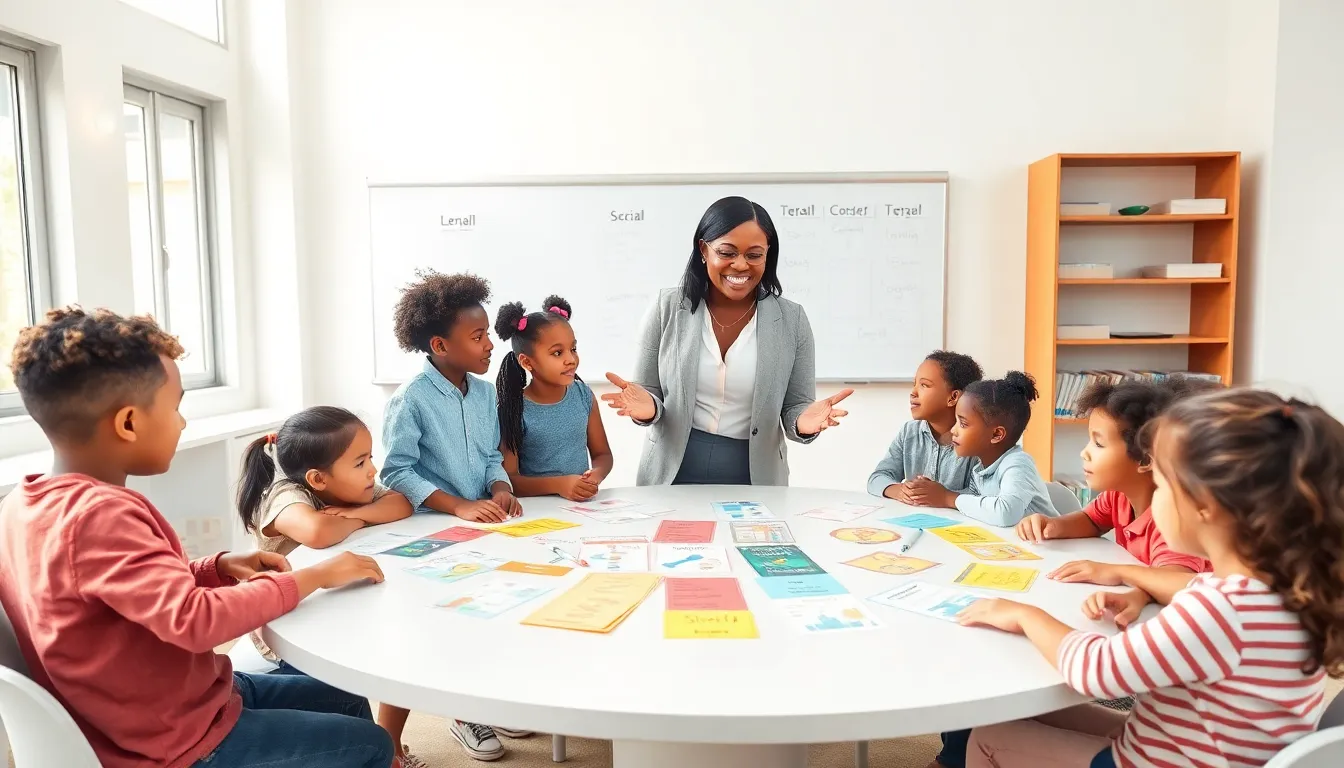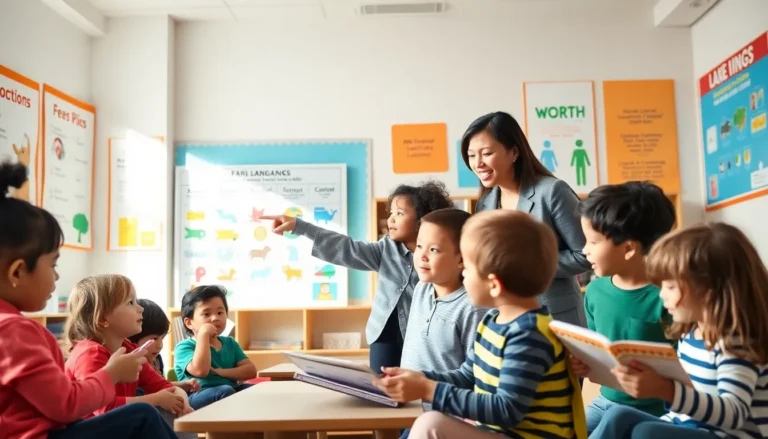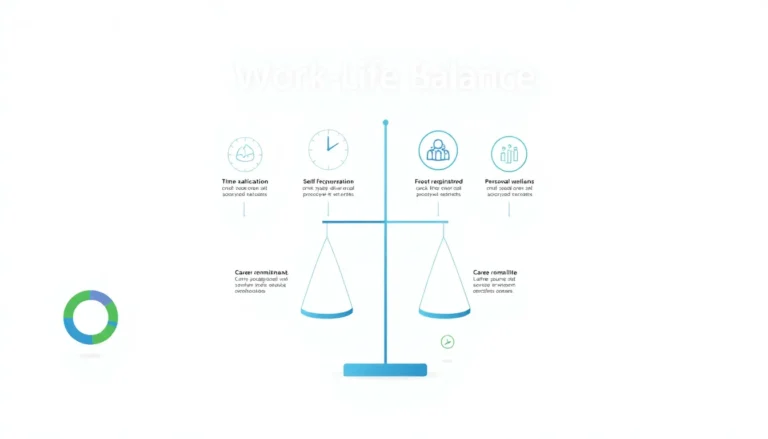Table of Contents
ToggleWhen it comes to unlocking the secrets of literacy, enter Wilson Language Learning, a powerhouse program making waves in classrooms everywhere. Imagine a method so effective that it not only helps students read but also boosts their confidence. Yes, we’re talking about the kind of learning experience where lightbulbs go off in classrooms, and students finally grasp the magic of letters and sounds. Wilson Language Learning is transforming the educational landscape, blending serious pedagogy with an approach that feels engaging and fun. Ready to find out how this groundbreaking method can become your best ally in teaching? Let’s immerse.
Overview of Wilson Language Learning

Wilson Language Learning stands out in the realm of educational tools. Developed to address the diverse needs of students, it offers targeted strategies that cater to struggling readers and those who simply crave a deeper understanding of language. With years of research backing its effectiveness, this program goes beyond mere word recognition. It aims to nurture comprehensive literacy skills, engaging students in ways that traditional methods oftentimes miss. This approach has proven beneficial not just for individual learners but for entire classrooms striving for inclusive education.
Core Principles and Philosophy
At the heart of Wilson Language Learning lies a set of core principles designed to foster literacy. First and foremost is the science of reading, emphasizing systematic phonics as the foundation for powerful decoding skills. The program encourages educators to embrace a structured approach while remaining flexible to adapt to various learning styles. Another core tenet is multisensory learning. By integrating visual, auditory, and kinesthetic activities, Wilson ensures that every child has the opportunity to engage in a way that resonates. It’s not just about learning: it’s about experiencing language in a dynamic way.
Program Components and Structure
Wilson Language Learning comprises several key components that work together to create a holistic learning experience. Initiating with a solid foundation, the program begins with phonemic awareness and progresses to more advanced skills. The structure of the program is highly intentional, utilizing a step-by-step progression to build confidence. Students participate in dynamic activities such as word sorting, spelling tests, and interactive reading sessions. Also, the curriculum is designed to include various assessments that help track progress and tailor instruction accordingly. This comprehensive structure makes it easier for educators to monitor growth while adapting lessons to meet individual needs.
Benefits of Wilson Language Learning
Why is Wilson Language Learning gaining such popularity in schools? One major benefit lies in its effectiveness. Research indicates that students utilizing this program show significant improvements in reading fluency and comprehension. Beyond academic gains, it nurtures critical thinking skills and enhances overall cognitive development. Students often report increased motivation and engagement as they find joy in their literacy journey. Besides, educators appreciate its structured guidance which simplifies lesson planning and assessment. Together, these advantages create a win-win situation for both students and teachers.
Implementing Wilson Language Learning in Classrooms
Implementing Wilson Language Learning requires thoughtful planning and collaboration among educators. It begins with professional development, ensuring that teachers are well-equipped with the knowledge and tools necessary to effectively deliver the curriculum. Classroom environments should also be optimized to support multisensory learning, think colorful posters, tactile materials, and varied reading corners. By fostering a supportive atmosphere, students are more likely to thrive. Engaging parents and guardians is another vital aspect. Educators can share resources and strategies, encouraging families to reinforce learning at home. In doing so, the concept of literacy expands beyond the classroom and into everyday life.
Challenges and Considerations
No program is without its challenges, and Wilson Language Learning is no exception. One common concern among teachers is the training needed to carry out the program effectively. While the structure is straightforward, mastering the multisensory techniques can take time. Also, educators may face resistance from students who are accustomed to more traditional approaches. It’s important to anticipate these hurdles and view them as opportunities for growth. Open communication within the school community is crucial, ensuring everyone is onboard with the methodology. By tackling these challenges head-on, educators can maximize the program’s potential.







